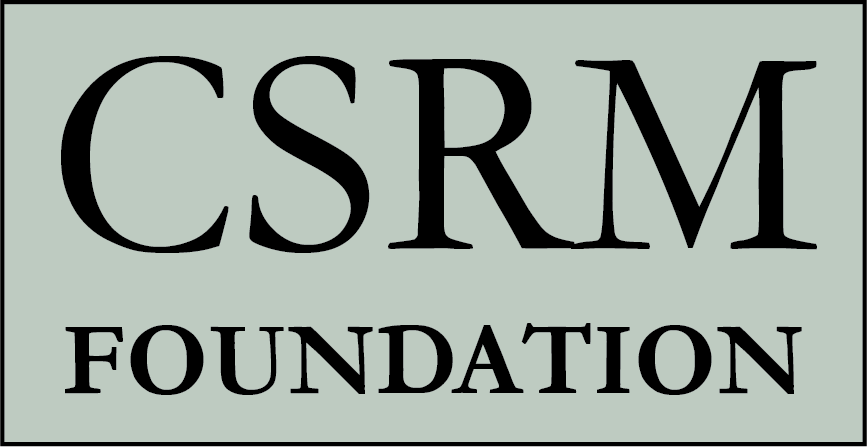With a touch of salt and pepper, these fish would undoubtedly titillate the tastebuds of even the most refined food critic.
Around the world, over a billion people rely on fish for daily sustenance (World Health Organization). Among those people are those on the Micronesian islands where fish are one of the most accessible and prevalent sources of food. Unlike commercial fishing companies who have government-issued licenses for large-scale, deep-water fishing, indigenous people rely on the fish from coastal reefs. These ecosystems are important for the well-being of Micronesians and an intrinsically valuable source of biodiversity and beauty. Fishing is an integral part of their cultural practices, serving as a source of sustenance, income, as well as playing an integral role in Pan-Micronesian identity and religious practice. The reefs create a social safety net. Regardless of employment status, people can eat and trade fish.
A Micronesian fisherman carrying tuna.
With the growth and dispersion of modern freezers, fishing rates have increased. People can now harvest as many fish as they can fit in their freezer instead of immediately eating or selling everything they catch. Because of this and the confluence of other societal and environmental factors, fishing levels have become unsustainable. For example, the Micronesian island, Pohnpei, uses 1.6 million pounds of fish a year to feed its population. Currently the local reefs only produce 1.1 million pounds of fish a year (Brighter Greener). Overfishing threatens to increase poverty, food insecurity, and endangers Micronesian culture.
Example of nutrient detection around Guam.
CSRM Foundation is working in partnership with the University of Guam and NASA EPSCOR to develop technological applications that will identify, monitor, and manage environmentally sensitive and protected areas in Guam, Pohnpei, and Palau. Many fish species are more vulnerable during their spawning season, when they can easily be scooped out of the water with nets or picked up by divers. This makes fish spawning sites especially valuable to local fishers who can efficiently and lucratively exploit them. To decrease the negative externality created by this behavior, CSRM Foundation is working to facilitate the regulation of coastal fisheries. CSRM Foundation is using spectral data from Landsat 8 and Sentinel 2 satellites to detect condtions that are correlated with fish spawning sites. Once these areas are identified, the government can target monitoring of these areas. This will maximize what is good for the whole population instead of allowing fishers with special knowledge and access to the coastal fisheries to monopolize resources, thus mitigating the economic instability that accompanies environmental destruction.
A prime example of the long-jaw squirrel fish patrolling its habitat for a delectable snack.
Approximately 27% of the worlds population lives within 100 km of the coast (Matti et al). Many coastal cultures rely heavily on fish for economic, nutritional, and cultural reasons. For this reason, the satellite identification techniques and regulatory framework developed to prevent overfishing in Micronesia can be used as a model for future efforts around the world. Given the accelerating destruction of coastal environments and the ever increasing collection and development of satellite data, CSRM Foundation’s work in this area is increasingly relevant and potentially impactful on a global scale.
Works Cited
“Global and Regional Food Consumption Patterns and Trends.” World Health Organization, World Health Organization, 6 Aug. 2008, www.who.int/nutrition/topics/3_foodconsumption/en/index5.html.
“Federated States of Micronesia.” Countries and Their Cultures, www.everyculture.com/Ma-Ni/Federated-States-of-Micronesia.html.
Hall, Nick. Working Toward Sustainability Alongside Pacific Fisheries.
Kummu, Matti, et al. “Over the Hills and Further Away from Coast: Global Geospatial Patterns of Human and Environment over the 20th–21st Centuries.” Environmental Research Letters, vol. 11, no. 3, 2016, p. 034010., doi:10.1088/1748-9326/11/3/034010.
Osakabe, Yasuo. Air Force Delivers Hope and Goodwill to Fais Island . 8 Dec. 2015.
“Overfishing of the Pacific: How Long Until the Fish - and Everything Else - Is Gone?” Brighter Green, brightergreen.org/2010/11/overfishing-of-the-pacific-how-long-until-the-fish-and-everything-else-is-gone/.
Smith, Anderson. Long-Jawed Squirrelfish. Truk Lagoon, Micronesia.




